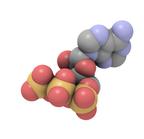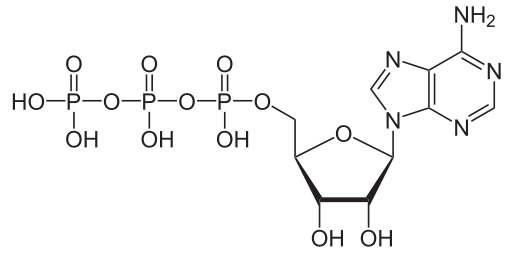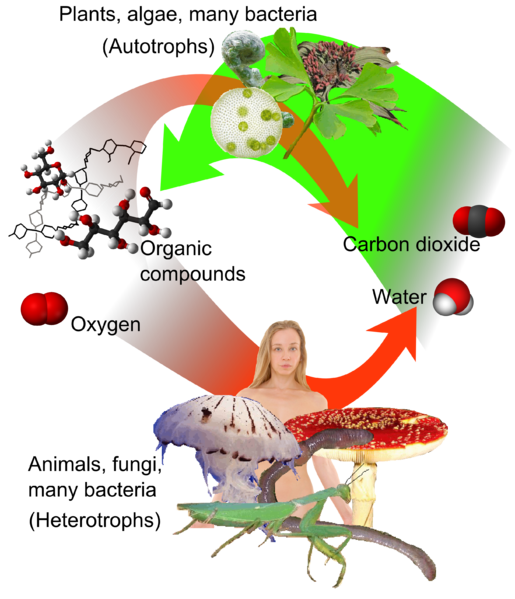 | ||||
What Is the Nucleotide
Adenosine Triphosphate (ATP)?
Adenosine triphosphate (ATP) is the universal unit of energy used in all biological cells. This molecule is produced, and broken down, in metabolic processes in all living systems.
Article Summary: Adenosine triphosphate is a power-packed nucleotide that the body's cells just can't live without. Here's a summary of what ATP is and how it works.
Adenosine Triphosphate (ATP) Energy Nucleotide
Adenosine triphosphate (ATP)
 | ||||||
SPO VIRTUAL CLASSROOMS
What is ATP made of?
ATP is a type of organic molecule referred to as a nucleoside or nucleotide. Nucleotides are basically made of three things:
- a pentose sugar
- one or more phosphate groups
- an adenosine base
The portion of the nucleotide molecule that doesn't include the phosphate group is called a nucleoside. So ATP, with three phosphate groups, is considered a nucleotide or nucleoside triphosphate.
Adenosine Phosphates AMP, ADP and ATP
Nucleotides can have different numbers of phosphate groups associated with the molecule, and the specific name of the nucleotide reflects its number of phosphate groups:
- Adenosine monophosphate (AMP) consists of an adenine ring (the base), ribose (the sugar) and one phosphate group.
- Adenosine diphosphate (ADP) has the same base and sugar, but two phosphate groups.
- Adenosine triphosphate (ATP) is composed of the same base and sugar, but three phosphate groups.
Why Are the Phosphate Groups Important?
These molecules can transport energy because their phosphate bonds contain a lot of potential energy, which is released when they are broken.
Energy is stored in the covalent bonds between phosphates, with the greatest amount of energy (~ 7 kcal/mole) in the bond between the second and third phosphate groups, known as a pyrophosphate bond.
So Where Does All this Energy Originate?
Autotrophs and Photosynthesis: Every food chain begins with anabolic (molecule building) pathways in organisms that synthesize organic molecules from inorganic molecules and sunlight energy.
The SPO website is best viewed in Google Chrome,
Microsoft Explorer
or Apple Safari.
 | ||||||
Need Help with Chemistry?
SPO offers free PowerPoint lectures, sample test
questions, review questions and assignments on many different science topics.
Below are links to those that relate to chemistry:
You have free access to a large collection of materials used in a college-level introductory Cell Biology Course. The Virtual Cell Biology Classroom provides a wide range of free educational resources including Power Point Lectures, Study Guides, Review Questions and Practice Test Questions.
Page last updated: 9/2015
Heterotrophs Eat Energy Originally Obtained by Autotrophs: Heterotrophs, like us, are organisms that cannot make organic compounds from inorganic sources. We must obtain organic compounds by consuming other organisms. Heterotrophs include animals, fungi and some Protista and bacteria.
Living things that can do this neat trick accomplish it by using photosynthetic pigments to capture energy from the sun. Autotrophs then use the energy that they obtain from sunlight to drive the synthesis of carbohydrates from inorganic molecules, CO2 and H2O; a process known as photosynthesis.
Autotrophs include plants, some bacteria, and some protists.





